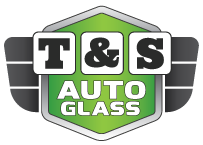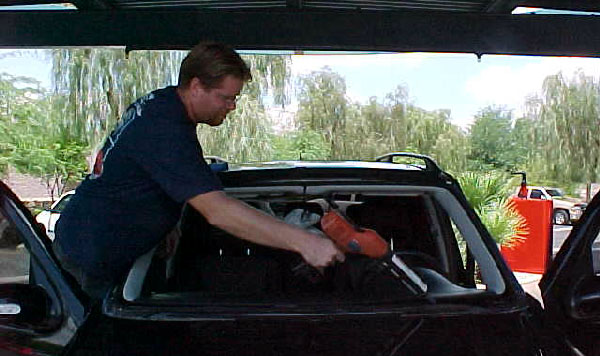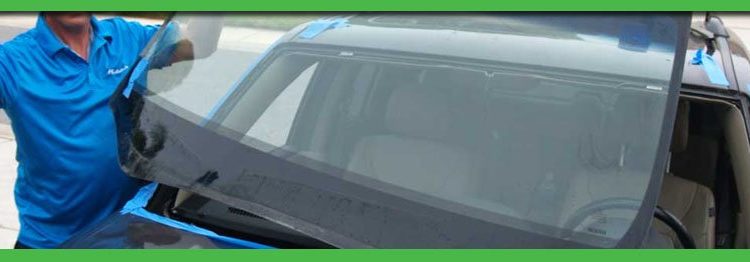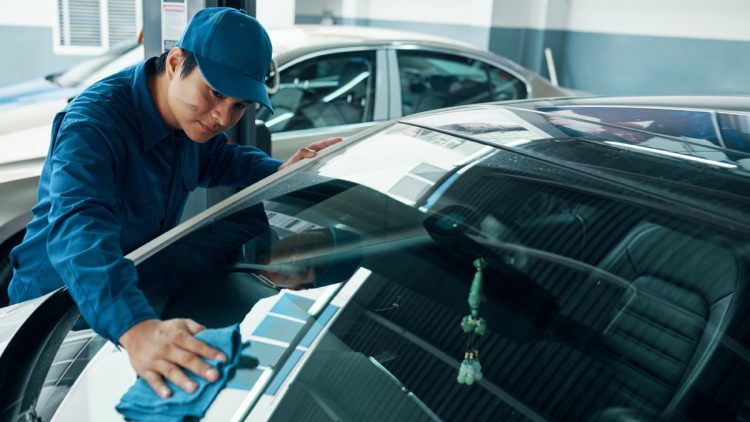Zero Deductible Windshield Replacement Arizona 2025
In Arizona, drivers with comprehensive auto insurance policies can benefit from a zero-deductible windshield replacement. This means that if your windshield is damaged, your insurance will cover the full cost of repair or replacement without requiring you to pay a deductible. This policy encourages prompt repairs, enhancing road safety by ensuring clear visibility.
It’s important to note that while Arizona law mandates that insurers offer this zero-deductible option, it’s only applicable if you have comprehensive coverage. Drivers with liability-only insurance policies are not eligible for this benefit.
However, it’s worth noting that frequent windshield claims can impact your insurance premiums. With advancements in vehicle technology, windshield replacements have become more costly, leading some insurers to adjust their policies and rates accordingly. Therefore, it’s advisable to consult with your insurance provider to understand how glass claims might affect your premiums.
Given the prevalence of windshield damage in Arizona due to factors like road debris and extreme temperatures, having comprehensive coverage with a zero-deductible option can be a valuable investment for maintaining both safety and financial peace of mind.
Is Zero Deductible Windshield Insurance Worth It?
Whether zero-deductible windshield insurance is worth it depends on several factors, including your location, driving habits, and the likelihood of windshield damage. Here’s a breakdown of the pros and cons to help you decide:
Pros of Zero Deductible Windshield Insurance:
✅ No Out-of-Pocket Costs: If your windshield gets cracked or shattered, you won’t have to pay anything for the repair or replacement. This can save you hundreds of dollars.
✅ Frequent Windshield Damage in Certain Areas: In places like Arizona, where road debris and extreme temperatures cause frequent windshield damage, this coverage can be very useful.
✅ Convenience & Safety: A damaged windshield can obstruct visibility and compromise vehicle safety. Zero-deductible coverage encourages timely repairs, reducing risks.
✅ Preserves Comprehensive Coverage Benefits: Without this coverage, you’d have to pay your comprehensive deductible, which can be expensive.
Cons of Zero Deductible Windshield Insurance:
❌ Higher Insurance Premiums: Some insurers may increase your comprehensive coverage cost if you frequently file glass claims.
❌ Not Always Cost-Effective: If you rarely experience windshield damage, you might end up paying more in higher premiums than you would for occasional repairs.
❌ Limited to Comprehensive Coverage Holders: If you have only liability coverage, this option is not available.
Is It Worth It?
- YES, if you drive frequently in areas with gravel roads, construction zones, or extreme weather (like Arizona).
- YES, if your windshield has advanced technology (HUD displays, rain sensors, cameras) that makes replacements more expensive.
- MAYBE NOT, if you rarely get windshield damage or have a high-risk insurance policy that could see increased rates.
Final Tip:
Check with your insurance provider about the potential impact on premiums and claim frequency policies before adding zero-deductible windshield coverage. If you’re in Arizona, where insurers are required to offer this option, it’s often a great investment.
If you are looking for windshield replacement in Tempe, Arizona, look no further than TS Auto Glass. Call Today – (480) 345-8990



